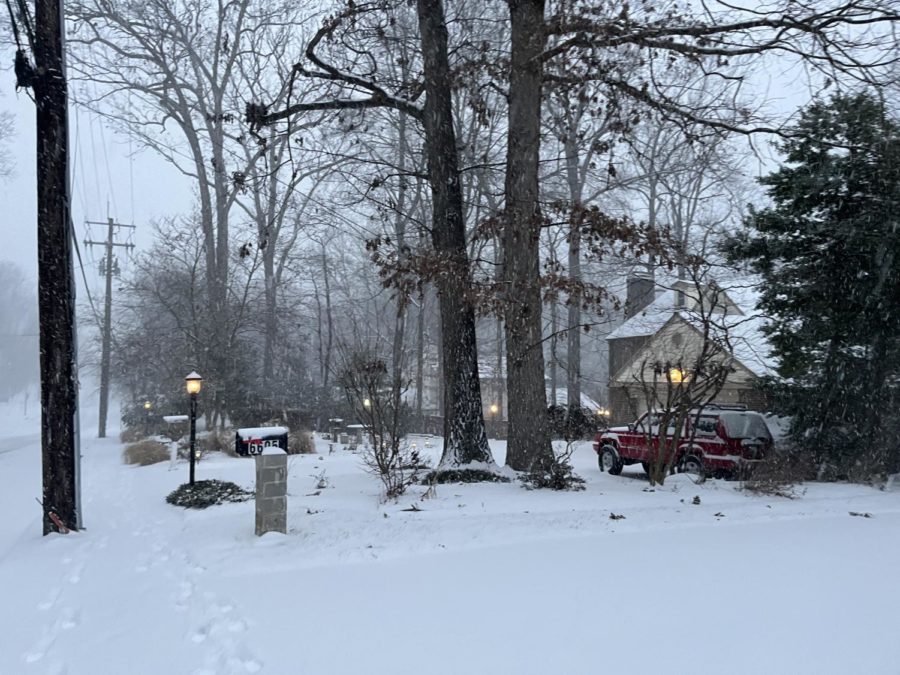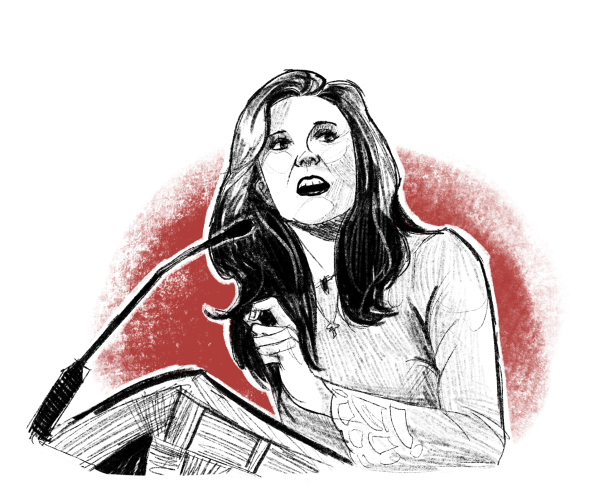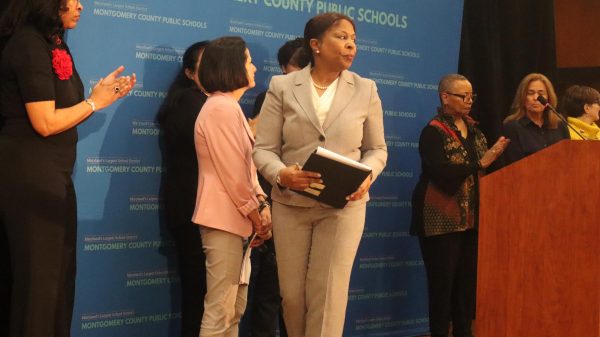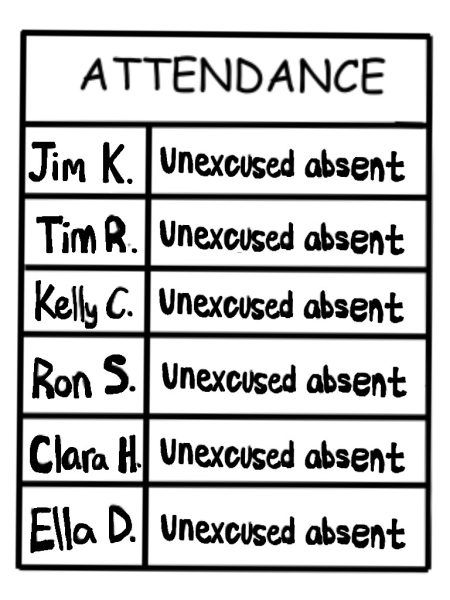Irregular weather heightens climate concerns
Heightened snowfall in the DC and Rockville area may be evidence of “global weirding.”
Record high temperatures, frequent snowfall and ferocious storms this winter are alarming reminders that the climate crisis—“global weirding”—is here.
Unusual weather has been salient both locally and nationally. A large region of the East Coast, including the D.C. area, began the new year with heavy snowfall. According to the National Weather Service, D.C. accumulated more than eight inches of snow and Northern Virginia over 14 inches. Each week since, Montgomery County and its surrounding areas have been periodically encountering inclement weather events.
The Jan. 3 snowstorm, which came abruptly at the end of an unnaturally warm winter break, took many by surprise. “When everyone was talking about how it was going to snow, I didn’t believe them because it had been almost 70 degrees the day before,” junior Gwen Taylor said. “I said no, it’s not going to snow — it can’t fluctuate that wildly. But then it did.”
Somewhat counterintuitively, more snow can be a manifestation of a warming planet. Higher temperatures cause more evaporation and allow the atmosphere to hold more moisture, making precipitation and severe storms more likely. That’s why in some places, increased snowfall indicates rising temperatures that remain below freezing, according to the Environmental Protection Agency. A warmer atmosphere also causes more erratic movement of air masses, which further contributes to more snow and weather variation.
The initial snowstorm seemed to herald more typical winter weather, but the frequency of snowfall in the first half of January proved unusual. “Some part of me was relieved,” Taylor said. “I thought maybe climate change isn’t that bad after all because it’s so cold now. But I know that’s not true.”
Indeed, experts conclude that it’s hard to directly see global warming; what the population tends to observe instead is “global weirding,” or extreme weather that isn’t strictly hot but is caused by a warmer and more polluted atmosphere.
A few isolated extreme temperatures — cold or warm — aren’t enough to confirm or dismiss climate change. “You have to look at the aggregate data and see if, over the month, the average temperature in December is higher than it was 50 years ago. And time and time again, we see that,” Environmental Science and Systems teacher Michael Willard said. “The average temperature this December was one of the highest it’s ever been in the D.C. region.”
Other places in the U.S. have seen similarly unseasonable temperatures: Alaska reported a high of 67 degrees on Dec. 26 and Rio Grande Village in Texas reached 94 degrees the previous day, marking the hottest Christmas on record in the country. Overall, ten states broke their December temperature records in 2021.
This unusual winter weather follows a year of troubling climate events. In the U.S., 2021, which climate analysts say was the fifth hottest year on record, began with unprecedented snowfall and a subsequent blackout in Texas. By mid-year, brutal droughts and wildfires were already sweeping across the West. The Pacific Northwest endured a severe heatwave while the Southeast faced Hurricane Ida. This was followed by the first December tornadoes ever observed in Minnesota, and heat, wildfires, tornadoes and 80 mph winds in the Midwest.
To climate activists, natural disasters throughout the past years have underscored the need for major climate change adaptation and mitigation measures. According to predictive models, if President Biden’s endangered Build Back Better bill were passed, provisions dedicating hundreds of billions of dollars to clean energy would allow the country to attain Biden’s goal of halving 2005 levels of carbon emissions by 2030. “Without either this bill or a climate bill that’s similar in scope, it’s really hard to see how [these] goals will be met,” said Dr. Jesse Jenkins, leading researcher on the modeling project.

Crystal Li is a senior and The Tide’s Science Writer. She covers topics ranging from public health to technology. Outside of newspaper writing, Crystal...

Samantha Wu is thrilled to spend her senior year as Editor-In-Chief of The Tide, after three years as editor and COVID beat reporter for the News section....
















